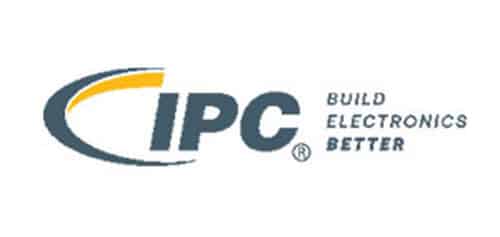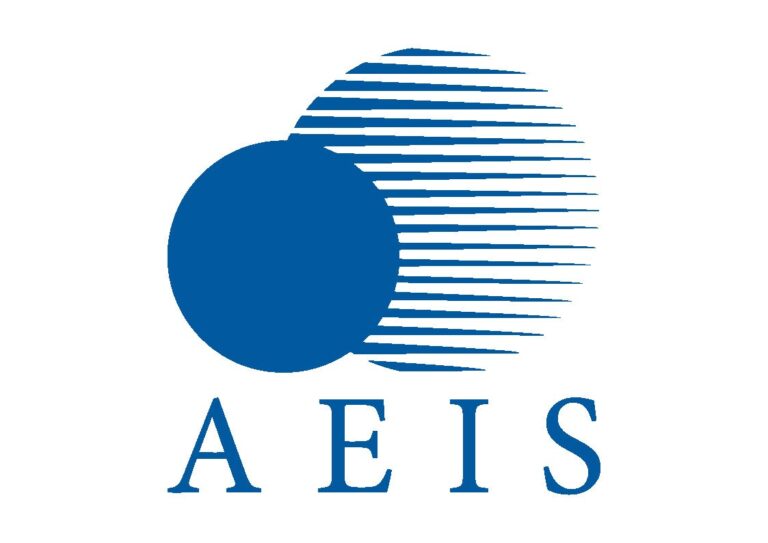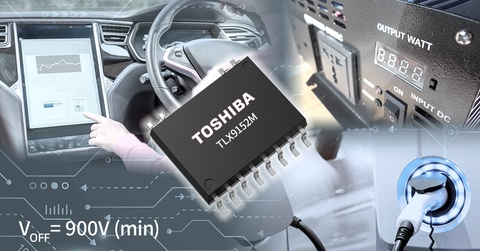Toshiba Electronic Devices & Storage Corporation launches a new automotive photorelay , TLX9152M. The new photorelay is housed in a SO16L-T package and comes with an output withstand voltage of 900V(min) highly suitable for application in high voltage automotive batteries.
As EVs demand improved charge times and a longer cruising range, they need better and efficient operations of battery systems. Battery management systems (BMS) realize efficient system operation by monitoring the battery charge status, plus the insulation between the battery and the vehicle body that is essential for the safe use of high-voltage batteries. In BMS that must handle high voltages, electrically insulated photorelays are used.
Photorelays commonly used in battery systems must have a withstand voltage of approximately twice the system voltage. Given this, an output withstand voltage of over 800V is necessary for a 400V system. Toshiba’s new product is suitable for 400V systems as it has an output withstand voltage / supply voltage of 900V.
TLX9152M is housed in an SO16L-T package, widely used for high-voltage photorelays including Toshiba’s TLX9160T, which has an output withstand voltage of 1500V. Use of this package facilitates common circuit board pattern design.
Toshiba’s photorelays is applied in automotive equipment, particularly in Battery Management Systems for tasks like battery voltage monitoring and ground fault detection, and it can replace mechanical relays. Key features include a minimum output withstand voltage of 900V, a normally open 1-Form-A configuration, an avalanche current rating of 0.6mA, and high isolation voltage of 5000Vrms. It is AEC-Q101 qualified and complies with IEC 60664-1 standards.








